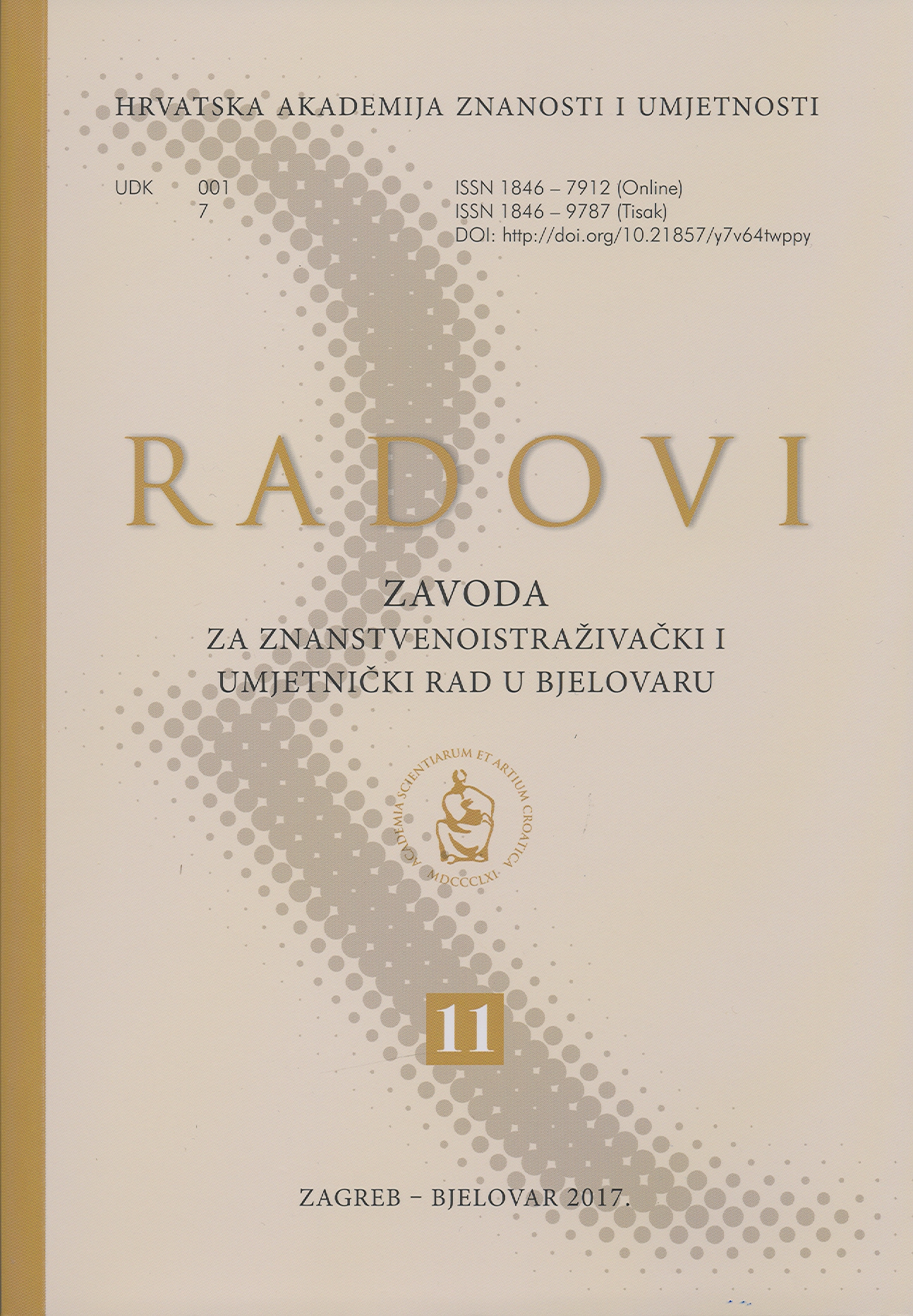Osnovno školstvo Bjelovarsko-bilogorske županije 1992./93. – 2016./17.: stanje i perspektive
Primary Education in the Bjelovar-Bilogora County 1992/93 – 2016/17: State and Perspectives
Author(s): Vladimir StrugarSubject(s): Education, School education, History of Education, State/Government and Education
Published by: Hrvatska akademija znanosti i umjetnosti - Zavod za znanstvenoistraživački i umjetnički rad u Bjelovaru
Keywords: Bjelovar-Bilogora County; primary education; school area; network od schools; school achievement; challenged students; educational measures; absence from school; employees;
Summary/Abstract: The Bjelovar-Bilogora County, one of twenty counties in the Republic of Croatia, was formed in 1992. The author presents in a summarized, historical manner the beginnings of the primary schooling system in the territory of the County, according to areas centred by: Bjelovar, Čazma, Garešnica, Daruvar and Grubišno Polje. The subjects of the empirical research are the state and the development of primary education between the school years of 1992/93 and 2016/17 on a sample of 26 primary schools. The objective of the research is to present the data on the following three major topics: the organization of the network of primary schools; students; and employees. The data have shown that over the studied period of 25 years, there has been a decrease in the number of primary-school students by 4,574, and the tendency is that this number will continue to decrease, in harmony with the present demographic movements. Moreover, the average school achievement is increasing; and in the school year 2016/17, grade repetition was present in only 0.5 % of students. This may be an indication to the fact that the pedagogical idea of Success for All is coming to life. A tendency towards an increase in employment – in most cases as an effect of the implementation of legal regulations – has been observed. The perspective includes organizing a new network of primary schools, defining – on the basis of empirical research – the factors (school- and family-related) that generate school achievement, and continuing to fill in vacancies in professional pedagogical school services by experts needed, since the number of challenged students is increasing.
Journal: Radovi Zavoda za znanstvenoistraživački i umjetnički rad u Bjelovaru
- Issue Year: 2017
- Issue No: 11
- Page Range: 241-276
- Page Count: 36
- Language: Croatian

